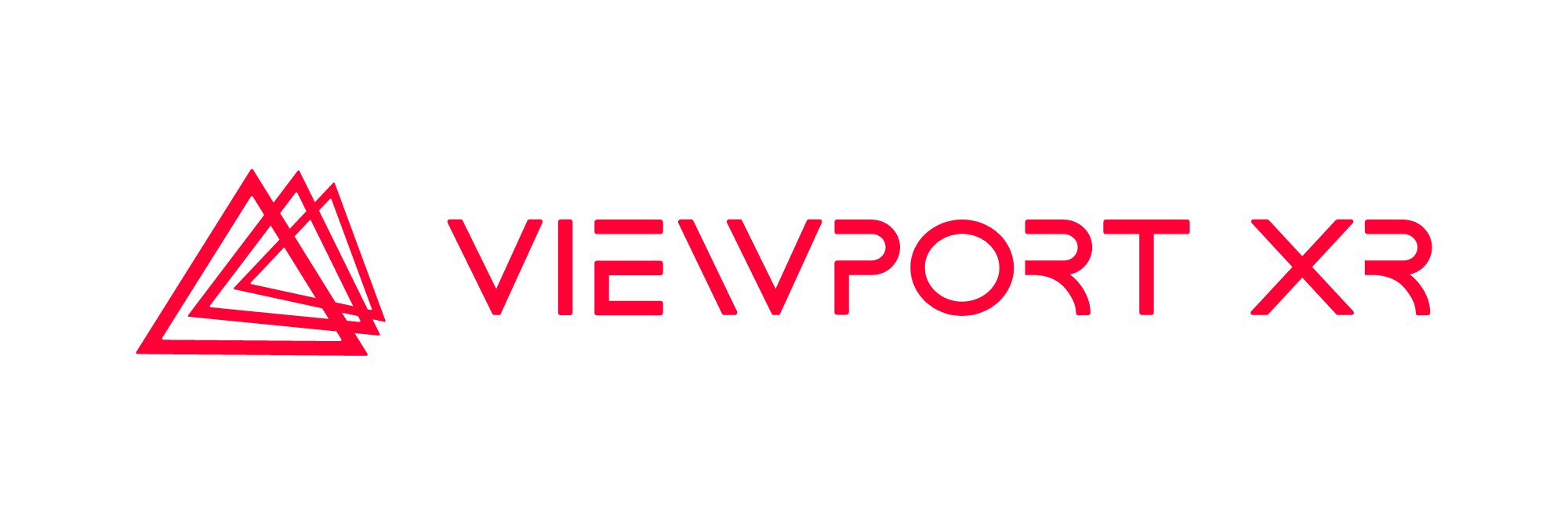Monoscopic vs Sterescopic
With Nokia OZO, Vuze, Samsung 360, Nikon KM360, Matterport 3D 360, iZugar, GoPro, plus a stack load of other 360 cameras/rigs either in the market already or available in 2017, it’s not surprising there is a lot of confusion out there between monoscopic 360 content and stereoscopic 360 content. Perhaps we can clear some of that up with our handy diagram and technical breakdown!
Monoscopic video is captured using a single lens system. The end result of a monoscopic 360 video viewed through a VR headset is that everything appears the exact same distance away. A person standing 1m away will have the same depth to them as a person standing 5m away. Due to scale differences between the two people, the human brain will interpret some distance between them, but your eyes themselves are not providing the information of this distance, it is a product of your brain knowing relative sizes and proportions. Overall the result is satisfactory, many people are thoroughly impressed with monoscopic video.
Stereoscopic video is captured using a twin lens system. The end result of a stereoscopic 360 video viewed through a VR headset is that some objects appear closer than others, simulating our own binocular vision. A person standing 1m away will appear 1m away when viewed through a VR headset, whilst a person standing 5m away will not appear as close to you, they will appear 5m away. The stereoscopic effect is most apparent with occluded objects, when one object slightly overlaps another. This is the way we see in the real world, using both our eyes to perceive depth and distance. Overall the result is excellent, with nearly all people in absolute awe of the experience.
VR headsets were designed for stereoscopic imagery, this is the basis of virtual reality and why the goggles have two lenses. Although monoscopic works, and doesn’t actually look too bad, stereoscopic is more comfortable to watch, is much more impactful and memorable, it feels more natural, and has a much longer shelf life than monoscopic video. It also requires over double the amount of post-production time, has a longer setup time per shot, and increases margins for error in pre-production, production and post-production by at least a factor of 2.
Stereoscopic carries an extra cost to produce successfully, but with the correct attention paid to the details the end result is more than worth it.

